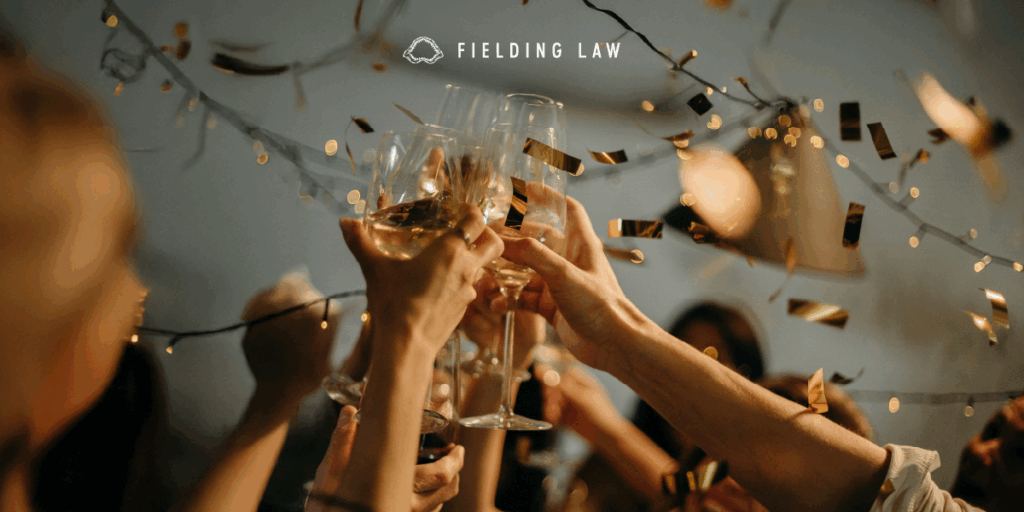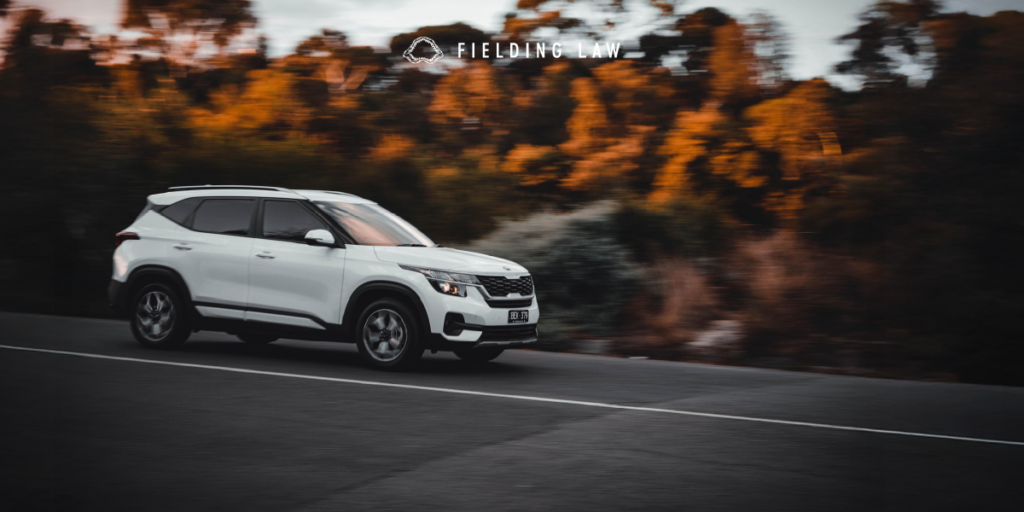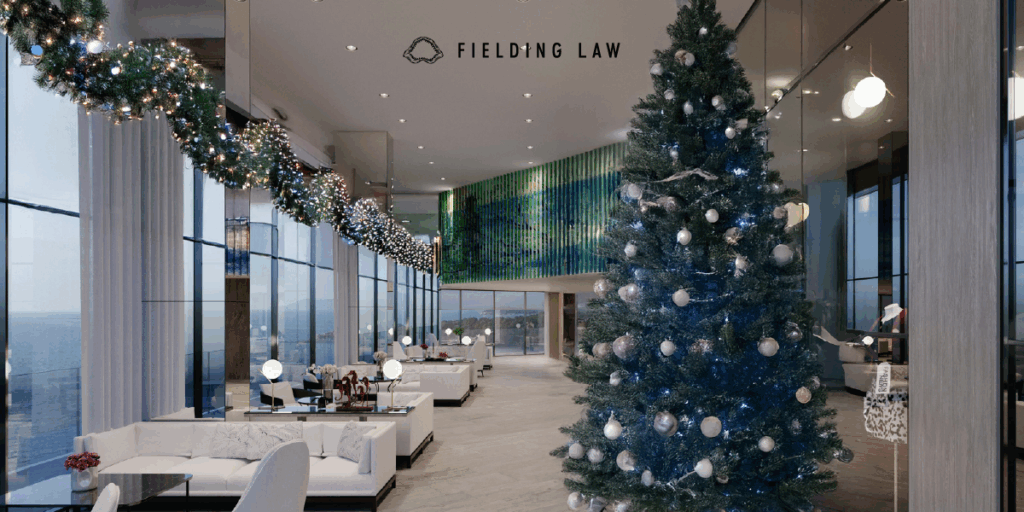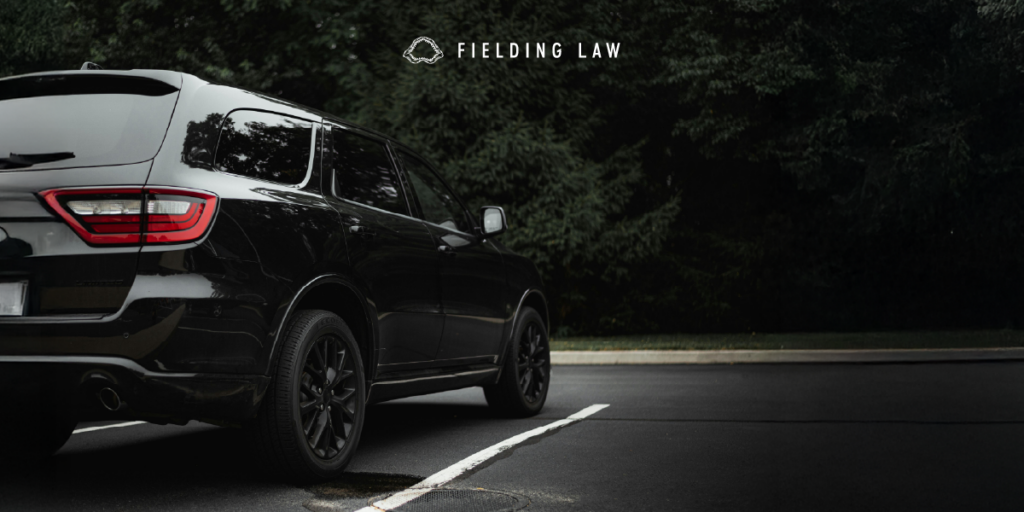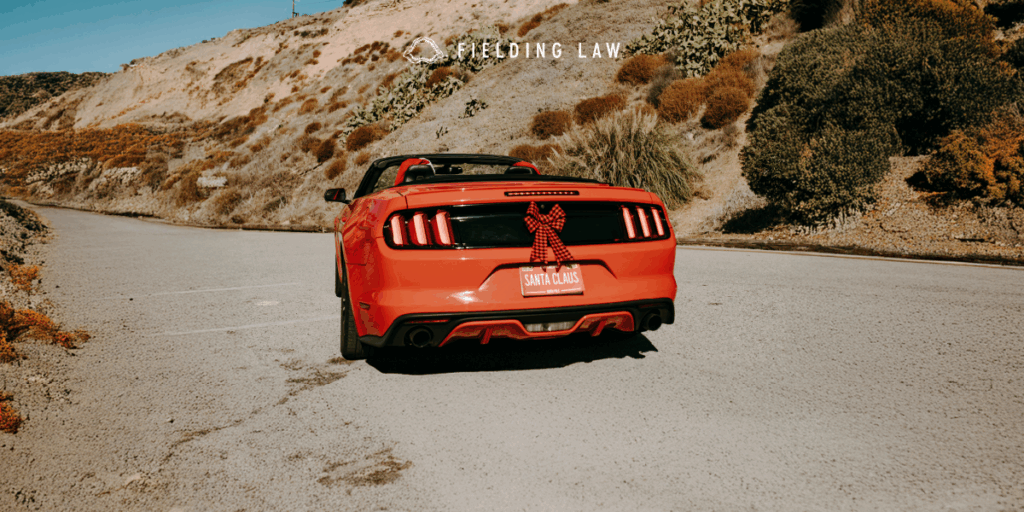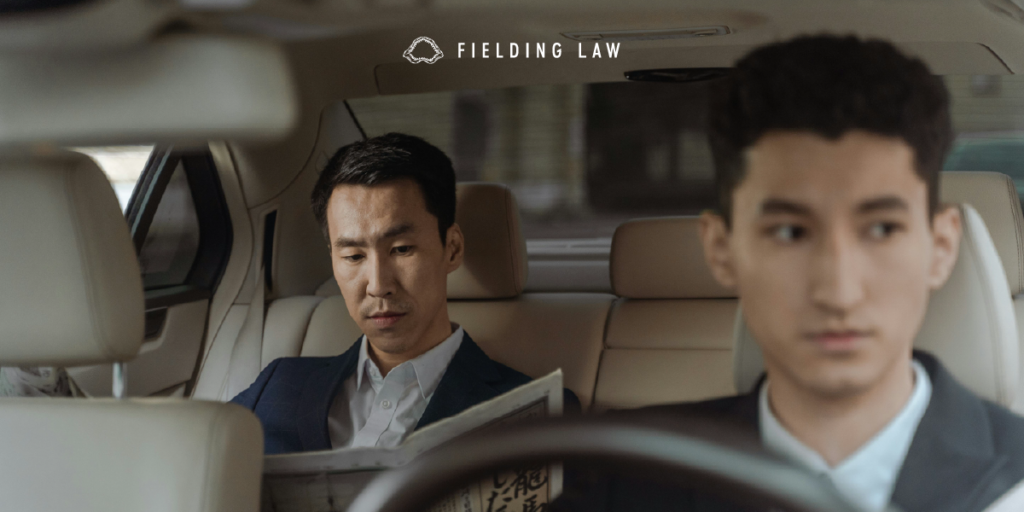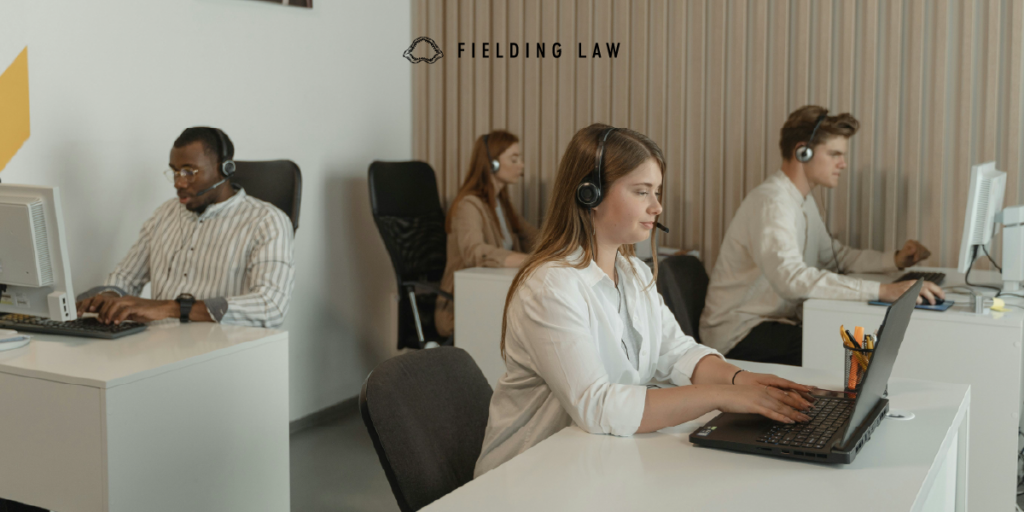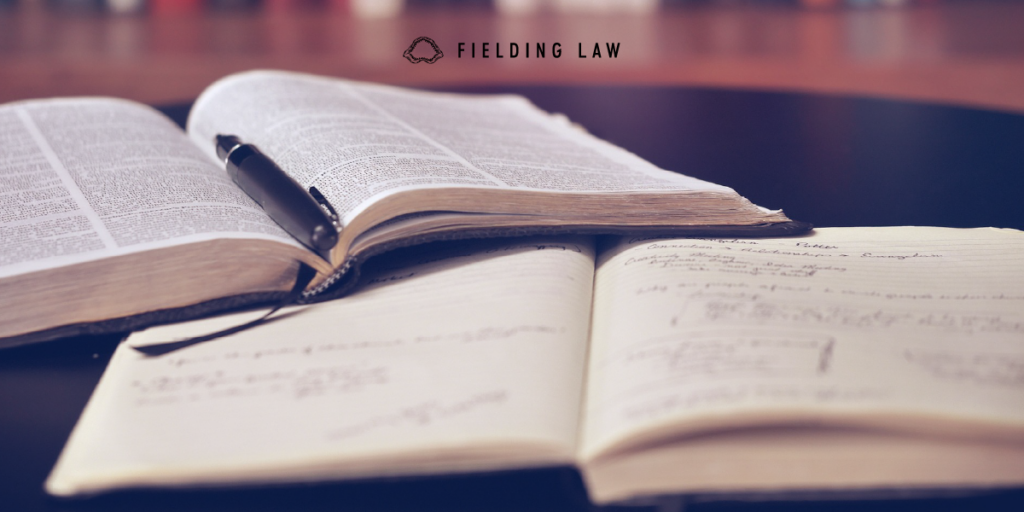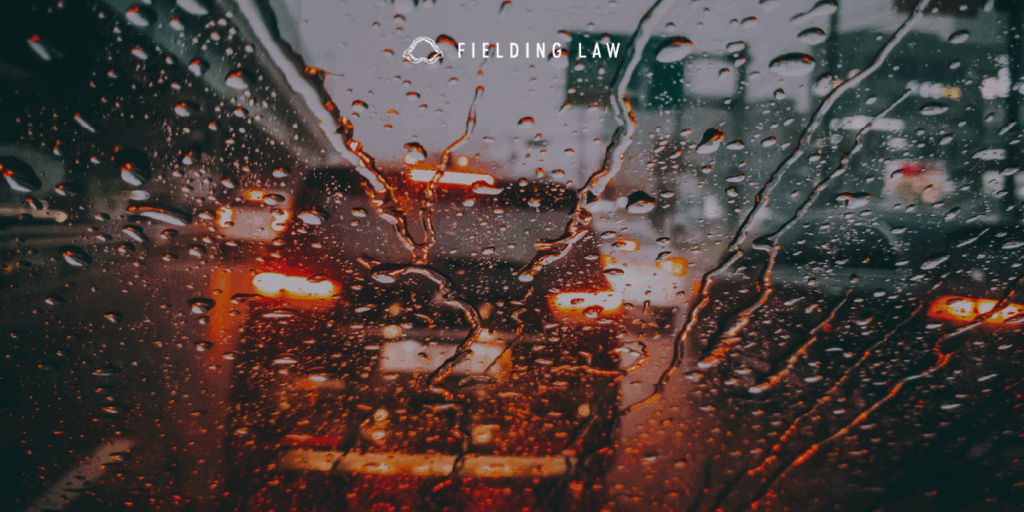
Driving in Rain Can Be Dangerous in Southern California
Even a small amount of rain can make Southern California roads more dangerous than drivers expect. Many local drivers are not accustomed to wet conditions, which can increase the risk of accidents. Understanding the challenges of driving in rain is essential for protecting yourself and your passengers.
Why Rain Makes Driving Hard
Reduced Traction
Rain creates a slick surface that reduces the friction between tires and pavement. In Southern California, roads are especially hazardous during the first few minutes of rainfall because oil, grease, and rubber residue from vehicles build up on the asphalt during dry periods. This makes stopping more difficult and increases the risk of skidding, even at low speeds.
Hydroplaning
When water collects on the road, vehicles can lose contact with the pavement, causing hydroplaning. This can make it nearly impossible to control the car and often leads to accidents.
Poor Visibility
Rain, glare, and windshield fog can significantly reduce visibility. Drivers may struggle to see brake lights, lane markings, or pedestrians, increasing the risk of collisions.
Driver Inexperience
Many Southern California drivers rarely experience prolonged rain. A lack of practice in wet conditions can lead to sudden braking, unsafe lane changes, or misjudging stopping distances, which increases the likelihood of collisions.
Common Rain-Related Accidents
-
Rear-end collisions caused by sudden stops on slick roads
-
Single-car accidents from skidding or hydroplaning
-
Multi-vehicle pileups during heavy rain on freeways
-
Pedestrian accidents due to reduced visibility and slippery sidewalks
How to Stay Safer
-
Reduce your speed and increase following distance
-
Ensure tires are properly inflated and have good tread
-
Avoid sudden turns or hard braking
-
Turn on headlights for better visibility
-
Stay alert and minimize distractions
Even with careful driving, accidents can still happen. If you are injured in a crash caused by rain conditions, you may have legal options to recover compensation.
Why Hire Fielding Law
At Fielding Law, we understand the challenges Southern California drivers face in rainy conditions. Our team is dedicated to helping clients navigate the aftermath of car accidents with care and expertise. We evaluate every case thoroughly and advocate for the compensation you deserve.
Call 833.88.SHARK to discuss your case with a trusted personal injury lawyer today.
Note: Information provided is for educational purposes and does not constitute legal advice. Always consult with a qualified attorney for legal concerns.
